In this second part of a two-part interview, I sit down with Holly Blue Hawkins, founder of Last Respects Consulting (based in Aptos, California) to talk to her about natural burial, shrouding, and the practice of Taharah.
Editor’s Note: This interview has been edited for length and readability.
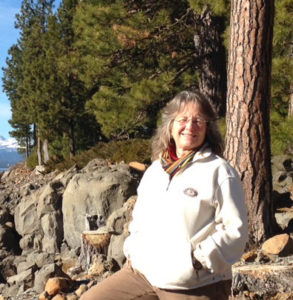 Colleen Ferguson: Before we dive into shrouding and natural burial, can you explain the practice of Taharah?
Colleen Ferguson: Before we dive into shrouding and natural burial, can you explain the practice of Taharah?
Holly Blue Hawikins: In the Jewish tradition, Taharah is a Hebrew word that literally means “cleanse.” Every group that practices some form of Taharah has particular nuances to how they do it, but in general it follows a pretty standardized framework.
In ceremonies done in the Jewish tradition, it begins with a practical washing of the body, and then a ceremonial cleansing. Typically, this is done by pouring a fairly decent quantity of water over the body, starting at the head, going to the feet, and then away. Then the body is dressed in simple yet ceremonial attire, wrapped in a shroud, and put in a casket. And then – traditionally – it would be buried. However, in the state of Israel people are typically buried just in the shroud, not in a casket. Casketing bodies is something much more common here.
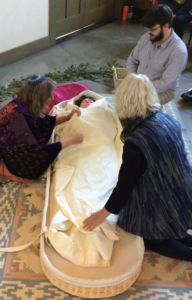 And again, within the Jewish tradition, Taharah has a fairly set liturgy. Imagine railroad tracks running side-by-side — one track of Taharah is the hands-on aspect, and the other track is a liturgical track that’s happening simultaneously, that matches and enhances the actions of those who are taking care of the body during the ceremony.
And again, within the Jewish tradition, Taharah has a fairly set liturgy. Imagine railroad tracks running side-by-side — one track of Taharah is the hands-on aspect, and the other track is a liturgical track that’s happening simultaneously, that matches and enhances the actions of those who are taking care of the body during the ceremony.
Colleen: And shrouding refers to simply wrapping the body? What’s its role with regards to natural burial?
Holly: From time immemorial, as long as human beings have had a sense of needing to do something special with a body after a person as left it, they’ve been decorating bodies and shrouding them in various ways with leaves, fabric, and skins. Shrouding is as ancient as the consciousness, I would say.
So there’s a very interesting trend now as part of the natural death care movement of choosing shrouding, rather than burying with a casket. For example, in California, it’s legal to do shroud-only burial if you can find a cemetery that will permit you to do that.
I advocate for shroud-only burials because it’s so much more environmentally appropriate.
Colleen: How so?
Holly: First, it doesn’t involve the use of wood. And also, the grave doesn’t have to be as deep or wide, so it really changes the impact of the burial in a lot of ways.
The whole notion of 6 feet under is not really the ideal place to put a body, because there’s not a lot of microbial action going on there. Your body is going to break down and go back to earth much more quickly when the body is at two to four feet deep.
And in California, the regulation is two feet from the tip of the nose to the surface of the ground (if it’s level). Typically when you do a burial, you’ll mound, so that when things collapse, it comes down to level.
Colleen: And for shroud-only burials or natural burials – the body is typically carried with a bier, yes? Is that the correct word?
Holly: Yes, the wording can be a little tricky. I always called it a bier, but you say “bier” and people hear “beer.” Jane with Final Footprint has a photograph of a bier on her website, and she calls it “a casket tray.” My friend Kate with Vale Shrouds calls it a trundle, so I started calling it a trundle-bier. This phrasing tends to be easier for people to hear and understand, so that’s what I’m calling it.
I’ve been talking to cemeteries for years about shroud-only burials, and recently I showed up with Janes’ trundle-bier and a gravedigger and owner of a mortuary both said, “Yeah, that’s fine.”
Colleen: Why would they have a problem?
Holly: Well, they are concerned with the undignified handling of someone’s beloved. That could be a traumatic event that cannot be redone. But most trundle-biers have handles and work well, so you can easily slide it in and out of a car; people can carry it and it can be lowered with a rope.
Colleen: If someone is interested in having a home funeral or pursuing a natural burial, what would you recommend?
Holly: For starters, I would encourage people in Northern California to get a hold of Final Passages, and those in SoCal to get a hold of Sacred Crossings. Both are teaching organizations that train people and educate families in how to facilitate or guide home funerals.
And, you know, home funerals aren’t right for everybody. And they’re not right for every situation, nor right for every death.
The intention with a home funeral is to empower the people in that community no matter how micro that community might be. It’s empowering people to take care of their own, because that’s really the point.
If you missed Part One of our interview with Holly Blue Hawkins catch up here.

 What is shrouding, natural burial, and the practice of Taharah?
What is shrouding, natural burial, and the practice of Taharah?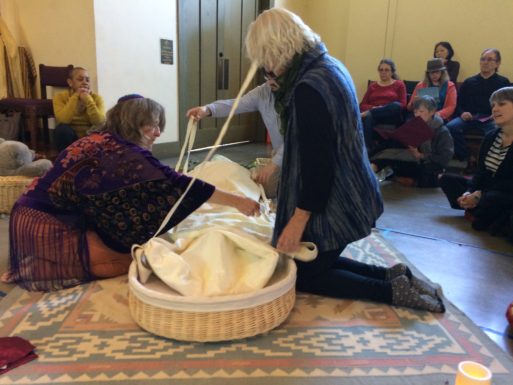
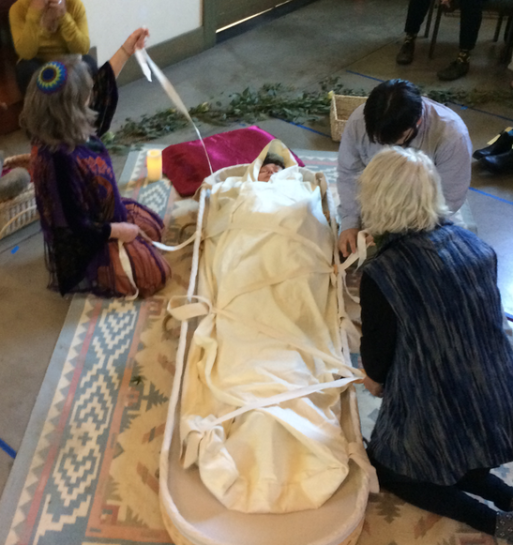
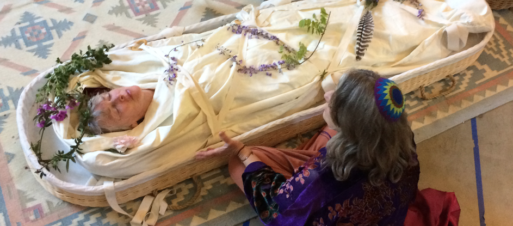



 “Help Me, Helen”
“Help Me, Helen”
 Recovering Cremation Remains After the Los Angeles Fires
Recovering Cremation Remains After the Los Angeles Fires
 “As Tears Go By” by Marianne Faithfull
“As Tears Go By” by Marianne Faithfull














